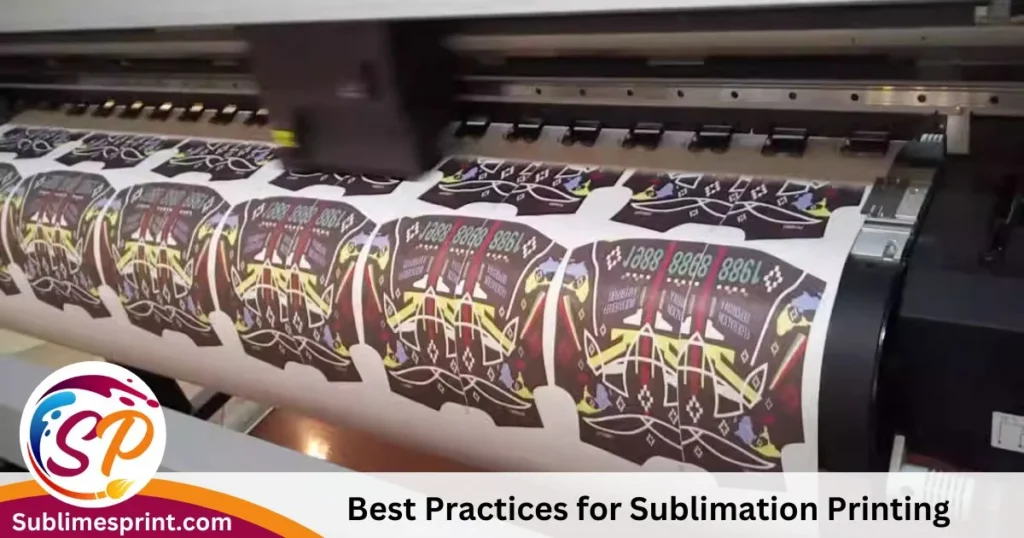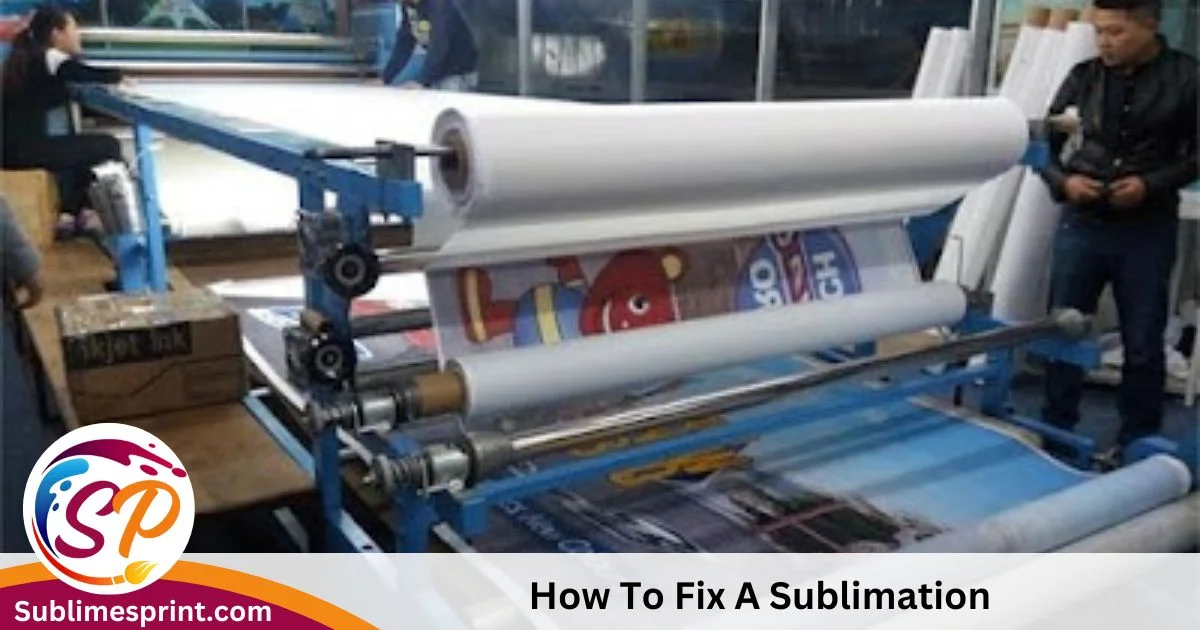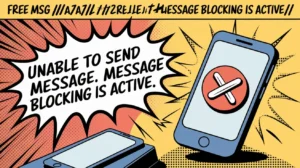Sublimation printing has become a favorite among DIY enthusiasts, allowing individuals like Sarah to add a personal touch to their shirts. However, the journey is not always smooth, and encountering mistakes is part of the creative process.
In this comprehensive guide, we will delve into the world of troubleshooting sublimation mistakes on shirts, offering practical solutions for common issues faced by DIY enthusiasts.
Whether you’re a seasoned graphic designer like Sarah or just starting your DIY journey, this guide aims to equip you with the knowledge to overcome challenges and achieve professional-looking results.
- Put the corrected design on the shirt – Ensure the design is centered and aligned.
- Apply heat – Use a heat press or iron to apply heat to the design, ensuring even pressure.
- Remove heat transfer paper – After applying the design, carefully take off the heat transfer paper.
Understanding Sublimation Mistakes
Definition of Sublimation Mistakes
Sublimation mistakes, in the context of DIY shirt printing, refer to the unexpected errors that can occur during the sublimation process. It’s crucial to grasp the essence of these mistakes to effectively troubleshoot and enhance your printing skills.
To put it simply, when we talk about sublimation, we’re referring to the process where a solid material transforms directly into a gas without becoming a liquid first. In the world of shirt printing, this means turning special inks into a gas that permeates the fabric, resulting in vibrant and long-lasting prints.
However, mistakes in this process can lead to various issues, such as faded colors, image transfer problems, and defects in the final shirt printing. Understanding these mistakes is the first step toward resolving them and achieving the desired outcome in your DIY projects.
Common Sublimation Mistakes
Let’s take a closer look at the most common sublimation mistakes that DIY enthusiasts often encounter:
- Faded Colors: This occurs when the vibrant colors you expect on your shirt end up looking pale or washed out.
- Image Transfer Issues: Inconsistencies in transferring the intended image onto the shirt surface can lead to blurred or uneven prints.
- Defects in Shirt Printing: These include issues like pixelation, blurriness, or misalignment in the printed design on the shirt.
Identifying Specific Issues

Color Transfer Issues
Alright, imagine you’re coloring in a picture, and instead of bright and bold colors, the result looks a bit dull and faded. That’s what happens with color transfer issues in sublimation printing. Your vibrant design ends up looking like it lost its sparkle.
Causes of Color Fading: Let’s uncover the mystery behind faded colors. One common culprit is not having the right temperature and time settings during the sublimation process. It’s like trying to bake cookies at the wrong temperature – they won’t turn out quite right.
How to Identify Color Transfer Problems: Look closely at your finished shirt. If the colors are not as lively as you expected, you might be dealing with color transfer issues. Perhaps the red isn’t as bold, or the blue seems a bit muted.
Now, don’t worry; we’ve got your back. In the next part, we’ll walk you through a step-by-step guide on how to fix these color transfer problems and bring back the wow factor to your DIY shirts.
Image Transfer Challenges
Picture this: you’re pasting your favorite superhero logo on a shirt, but instead of a clear and sharp image, it looks a bit fuzzy, like it went through a smudgy filter. That’s when you’re facing image transfer challenges.
Causes of Image Transfer Inconsistencies: Why does this happen? Well, sometimes the pressure applied during the sublimation process is not uniform, or the image may not have been printed with the right resolution. It’s like trying to take a photo with a blurry camera – you won’t get that sharp image you want.
Recognizing Defects in Image Transfer: Inspect your shirt closely. If the image is not as crisp and clear as you intended, you’re likely dealing with image transfer challenges. Don’t worry; we’ll guide you through the steps to fix this and get those superhero logos looking sharp and ready for action.
Step-by-Step Troubleshooting Guide
DIY Shirt Printing Mistakes: A Quick Overview
Okay, so you’ve got your favorite design, you’re all set to print it on a shirt, but oops, something went wrong! No worries, happens to the best of us. In this section, we’re going to give you a quick overview of the most common DIY shirt printing mistakes and how to fix them.
Targeting the DIY Audience: We’re talking to you, the creative DIY enthusiast who loves adding a personal touch to shirts. Whether you’re a beginner or a pro like Sarah, everyone makes mistakes. It’s all part of the fun, right?
Emphasizing the Importance of Troubleshooting Skills: Think of troubleshooting as your superhero power in the world of DIY shirt printing. It’s what helps you fix those little hiccups and turn your shirt into a masterpiece. So, let’s roll up our sleeves and dive into the solutions.
Analyzing Faded Colors
Now, about those faded colors. It’s like having a sunshine yellow turn into a pale lemon – not exactly the burst of color you were going for. But fret not, we’ve got a superhero cape for your colors too!
Step-by-Step Guide to Identify and Fix Color Fading:
- Check Your Settings: Make sure your sublimation machine is set at the right temperature and time. It’s like making sure your oven is preheated before baking those cookies.
- Adjust Temperature and Time: If the colors are still feeling a bit shy, tweak the settings a bit. It’s like finding that sweet spot to get the perfect batch of cookies.
- Test, Test, Test: Before going all out on your main project, do a test run. Print a small design on a scrap piece to see if the colors pop. Think of it as a taste test before serving your culinary masterpiece.
Best Practices for Sublimation Printing

Avoiding Sublimation Mistakes:
Tips and Tricks
Great job on conquering those DIY challenges! Now, let’s dive into some expert-level tips and tricks to make sure your future projects go off without a hitch. Imagine this section as your secret stash of knowledge that turns you into a sublimation superhero.
Proactive Measures to Prevent Common Mistakes:
Preheat Your Press:
Think of preheating like stretching before a workout. It warms up your press, ensuring that the colors are applied evenly during sublimation. It’s a small step that makes a big difference.
Use Quality Sublimation Paper:
Your sublimation paper is like the canvas for your masterpiece. Investing in high-quality paper enhances color vibrancy and accuracy during the transfer. Think of it as upgrading your tools for a better result.
Read Also: Can You Sublimate On Linen
Regularly Clean Your Printer:
Picture your printer as a little helper. Regularly clean its heads and mechanisms to keep it happy. A clean printer is a reliable printer, ensuring smooth printing without any unexpected surprises.
Troubleshooting Techniques from Experienced Users
Now, let’s tap into the wisdom of experienced DIY enthusiasts. Imagine this as a gathering of friendly DIY superheroes, each sharing their best-kept secrets.
Real-Life Experiences and Lessons:
- Join DIY Communities:
- Think of online DIY communities as your superhero squad. Connect with fellow creators, share your experiences, and seek advice. There’s a wealth of knowledge in these communities, and you’re not alone in your creative journey.
- Learn from Mistakes:
- Every mistake is like a puzzle piece in your DIY adventure. Embrace them, learn from them, and let them guide you. Mistakes aren’t setbacks; they’re opportunities to grow and become a seasoned sublimation troubleshooter.
- Experiment and Refine:
- Your creative journey is an ongoing experiment. Try different techniques, play with settings, and use various materials. Your process will evolve as you refine it based on what works best for you. It’s like creating your very own recipe for success.
FAQs
How do you fix ghosting on sublimation shirts?
Ghosting on sublimation shirts happens when the image is transferred twice, leaving a faint shadow. To fix it, ensure proper cooling between transfers. Also, check if the press is clean and use protective paper to prevent ink residue from transferring.
Why did my sublimation ink wash out of my shirt?
Sublimation ink washing out could be due to insufficient heat or pressure during the transfer. Ensure proper settings and adequate pressing time. Additionally, use a quality polyester shirt, as sublimation works best on polyester fabrics.
How do you get sublimation ink off a heat press?
To clean sublimation ink off a heat press, use a mixture of water and rubbing alcohol. Gently scrub the affected areas with a soft cloth or sponge. Be cautious not to damage the heat press surface.
Will anything remove sublimation ink?
Sublimation ink is designed to be permanent once transferred. While rubbing alcohol might help, it’s challenging to completely remove sublimation ink without damaging the material. Prevention and careful handling are key.
Will acetone remove sublimation ink from a shirt?
Acetone is a strong solvent and may remove sublimation ink, but it can also damage the fabric. It’s risky and not recommended. Stick to milder cleaning solutions to avoid unintended consequences.
Can I convert a sublimation printer back to regular ink?
Converting a sublimation printer back to regular ink is possible, but it’s a complex process. It involves flushing out the sublimation ink, cleaning the printer system, and installing the appropriate ink cartridges. Follow the printer manufacturer’s guidelines.
What is the opposite process of sublimation?
The opposite process of sublimation is deposition or desublimation. This occurs when a substance transitions directly from a gas to a solid without passing through the liquid phase. It’s the reverse of sublimation, where a solid turns directly into a gas.
Conclusion:
Hey there, DIY champs! We’ve covered a bunch of cool stuff in this guide, and now it’s time for a quick recap.
Recap of Key Points:
Remember when we talked about faded colors, image transfer tricks, and fixing those tiny defects in your prints? Well, that’s your troubleshooting guide right there. It’s like having a map to navigate through your DIY adventure and come out victorious on the other side.
Encouragement for Experimenting:
Now, here’s a secret – the best creators are the ones who love to experiment. So, don’t be shy! Try new things, play around with settings, and see what works best for you. It’s like being your own mad scientist but with colors and shirts instead of potions.
Invitation for Sharing:
We want to hear from you! Did you try something cool from this guide? Did you fix a mistake and create a masterpiece? Share your stories with us. Imagine it like a big DIY party where everyone shows off their awesome creations. Your success story could inspire someone else on their creative journey.

I’m James Wilson, the driving force behind “Sublimes Print.” I’ve been deep in the world of sublimation printing, bringing my expertise and hands-on experience to the table. With a robust background in the art of sublimation printing, I’m all about sharing insights, exploring industry innovations, and fostering a collective appreciation for the craft.
So, join me on this printing journey, where we dive into the intricacies of sublimation and celebrate the beauty it brings to the world of printing!













